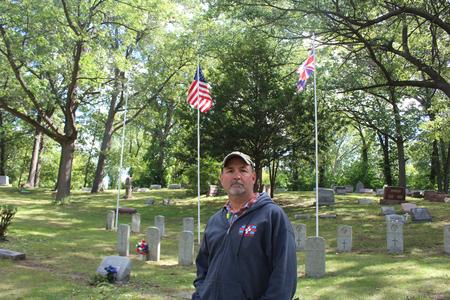CuriosiD: Rumor of a British Bomber Crash In a Detroit Neighborhood Haunts a Listener
Sandra Svoboda October 24, 2017Listener Tom Batts asks about a fabled plane crash, then discovers the story with WDET.
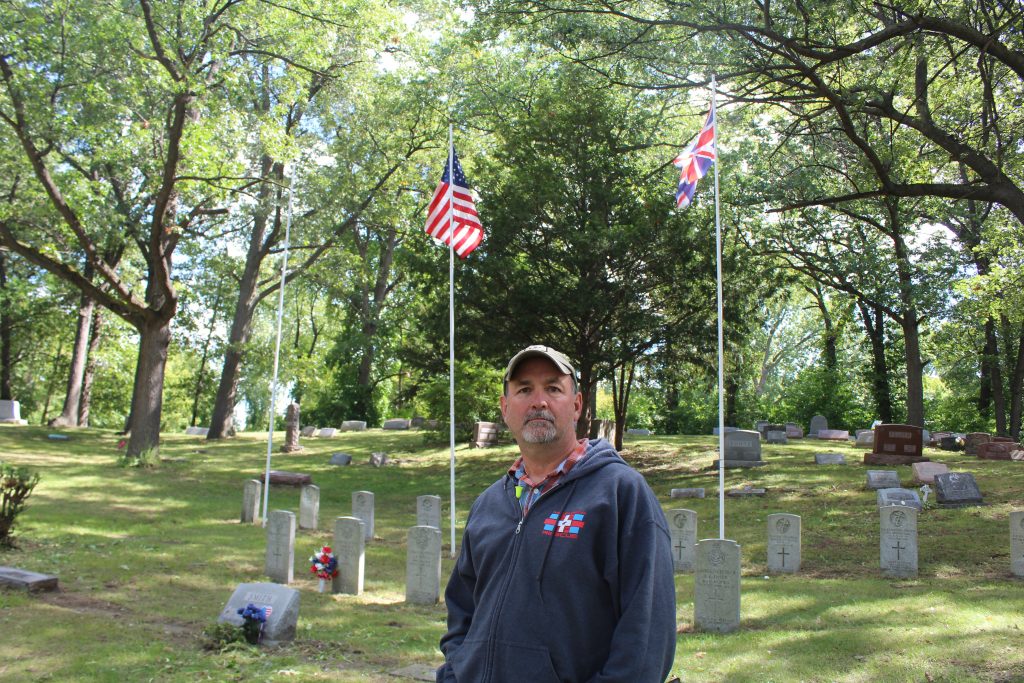

Listener Tom Batts submitted this question to CuriosiD:
“Was there a military bomber plane crash on the east side of Detroit in the mid to late 50s?”
Growing up in Grosse Pointe Park, just a few blocks from Detroit, Batts recalls being in grade school and listening to his parents and classmates discussing some kind of accident in a nearby Detroit neighborhood.
“Nobody I heard talk about it actually witnessed it or was part of it, but they knew people that lived in the area, and it was terrifying from what they said.”
THE SHORT ANSWER
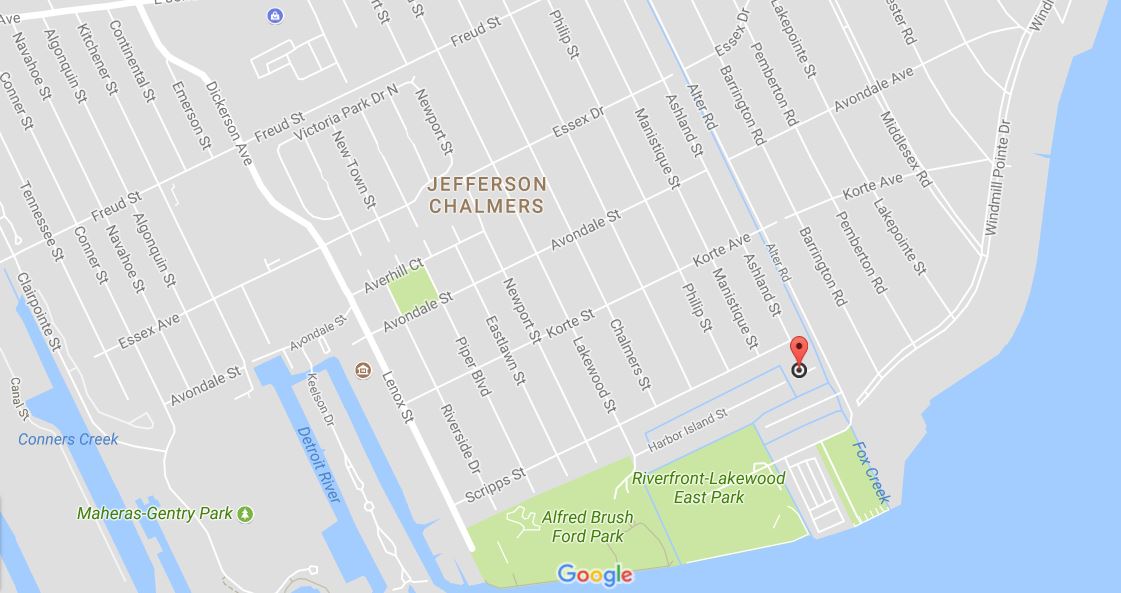
Yes. A British plane had a catastrophic electrical failure over Canada while flying to a training mission in Nebraska on Oct.. 24, 1958. It plummeted into three houses on Ashland Street on Detroit’s east side. All six members of the plane’s crew died. Miraculously, no one on the ground was killed or seriously injured, but the homes were destroyed.
The remains of the British crew are buried in Oak Ridge Cemetery. The Canadian Legion holds a service honoring them each Memorial Day, says cemetery owner Alan Bradford.
The Crash, Remembered

Ann Lech doesn’t remember what she was doing when she felt the jet’s impact, but she can describe how terrifying it was to her 12-year-old self that day.
“I remember a huge boom and then sirens, fire engines, police cars, and my baby sister was a year old and it woke her up from her nap,” she says. “I don’t remember if I felt anything at the time but I didn’t have anything in my history that I could compare it to.”
The British jet was flying from England to Nebraska on a training mission when it had a catastrophic electrical failure over Canada. It was unable to reach any airport and it plummeted into three houses along a Detroit canal on Ashland Avenue. That’s the boom that Ann and hundreds of other people heard and felt.
The plane was an Avro Vulcan strategic bomber, part of a Royal Air Force (RAF) Bomber Command squadron based north of London. In the 1950s, the Cold War was fueling a race for military supremacy and the British designed the Vulcan jet in that effort, says Marty Tibbitts, a founder of the World Heritage Air Museum, which is based at Oakland International Airport in Waterford.
“The Vulcan was part of a RAF mission in 1947 to create a bomber that could travel 500 miles an hour, go 1,500 miles and carry a single 10,000-pound bomb,” Tibbitts says. “So essentially they wanted a high-altitude nuclear bomber.”
In designing the plane, according to Tibbitts, engineers chose to rely on a simple electrical system instead of a better combination of electrical and hydraulic. Investigators would later determine that when this particular Vulcan’s electrical system failed, the lack of back-up power also caused the crash.
“They had a big battery and the battery was supposed to give you 20 additional minutes of flight to get the airplane on the ground before it stops flying and basically makes a big hole. That’s pretty much what happened in this case,” he says.
But the crew did not get 20 minutes.
“In this case there was a short in the bus, and there was a single electrical bus, which today would be considered unfathomable, especially with a single point of failure like this,” he says. “It shorted out. They got about three minutes.”
The Neighborhood
When the Vulcan plummeted into Detroit that day in 1958, it hit three houses and damaged dozens more – that was was Lech heard and felt. Emergency workers from Detroit and Grosse Pointe Park responded. Hospitals prepared for scores of casualties. But somehow no one on the ground was seriously hurt. The crew of six, however, was all killed.
The east side neighborhood – if you look closely – still tells the story of the accident. For example, three adjacent houses at the end of Ashland Street don’t quite match the architecture of the rest of the neighborhood. They were the homes, built to replace the three destroyed by the plane.
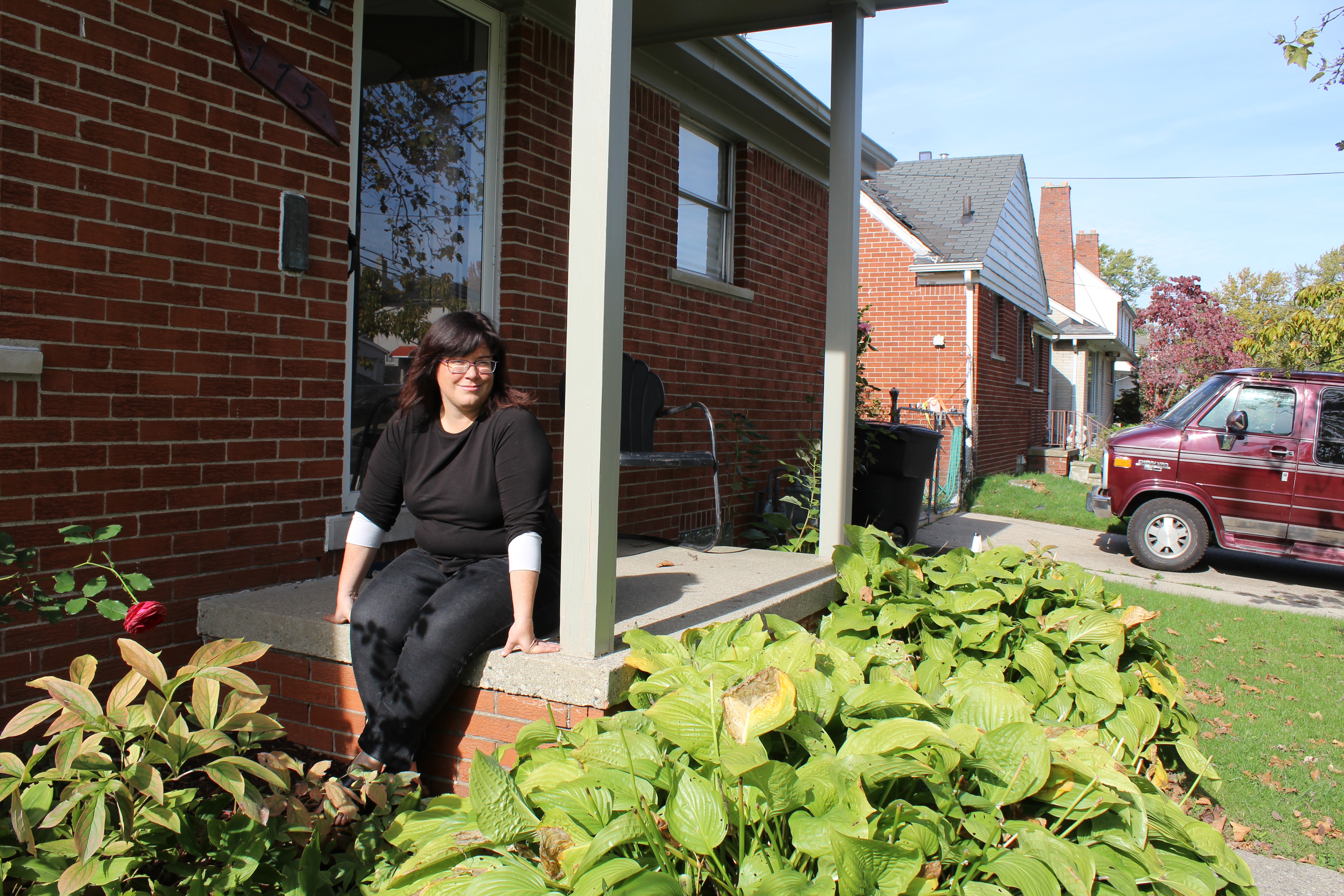
Nicole de Beaufort recently bought one of them, knowing it was the site of the accident. .
“I didn’t think too deeply about it, I didn’t think about things like ghosts or anything. That wouldn’t have bothered me. I thought it was kind of interesting,” she says. “To be in a place that was affected by a tragedy gave us pause, made us think about the lives that were lost.”
The former owner of the home has told de Beaufort that he found pieces of the plane when he worked in the yard.
“The next nail or piece of glass that comes up I’ll probably wonder is this from the crash or is it just a regular old piece of debris that got lost in time?” she says.
The Final Resting Place
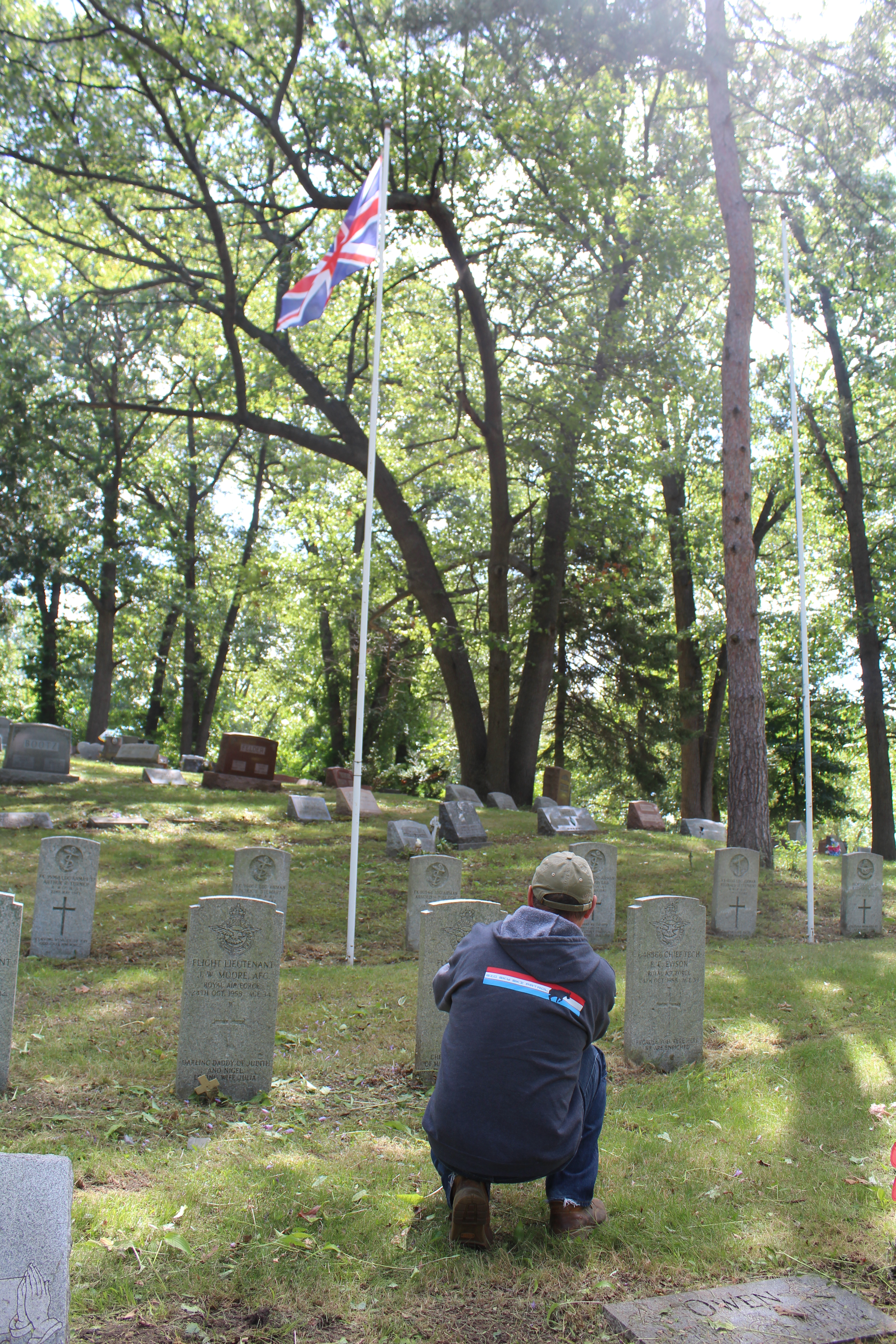
Listener Tom Batts and I visited the neighborhood, and we also went to the final resting place for the remains of six men on the plane’s crew. They’re at the Oak Ridge Cemetery on Telegraph Road in Woodhaven south of Detroit.
Cemetery owner Alan Bradford says visitors regularly come to pay respects to the crew.
“What I understand, the British believe that where you die is where you lie, and they buried all the airmen here at the cemetery,” he says. “Every Memorial Day the Canadian Legion comes out and they have a service right here for the airmen. One of the relatives has come out, the widow of one of the airmen and she leaves flowers every once in a while too.”
The six graves from the 1958 plane crash are adjacent to two other sets: men killed in World War II era accidents on Grosse Ile, Bradford says. A British flag flies over them, and someone recently left flowers for Flight Lieutenant Brian Peacock.
For listener Batts, being at the graves made him a little emotional.
“It’s pretty remarkable to start with what I thought was a rumor or maybe an old legend and now it’s reality,” he says. “These were young guys in their 20s and 30s. I’m grateful no one died on the ground. It’s amazing that nobody was killed on the ground.”
